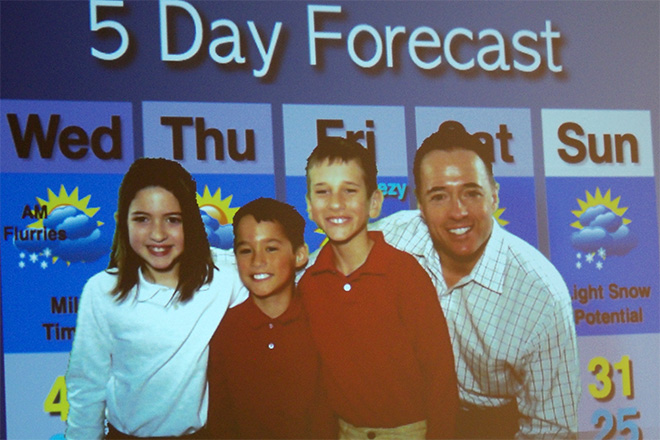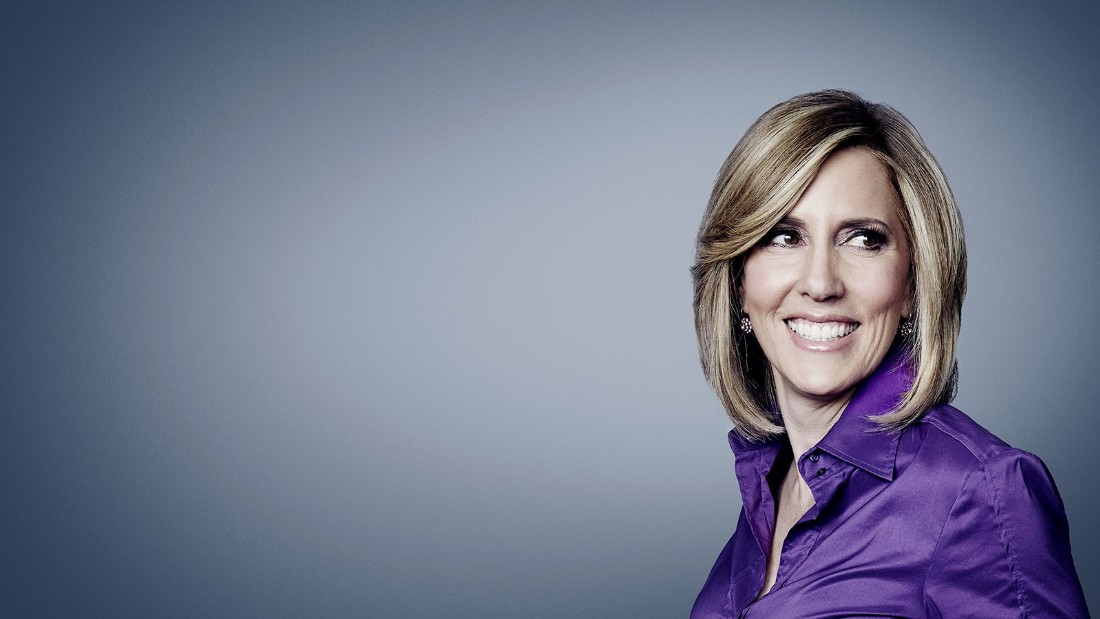
ĪBC News' longtime slogan, "More Americans get their news from ABC News than from any other source." (introduced in the late 1980s), was a claim referring to the number of people who watch, listen to and read ABC News content on television, radio and (eventually) the Internet, and not necessarily to the telecasts alone. Arledge, known for experimenting with the broadcast "model", created many of ABC News' most popular and enduring programs, including 20/20, World News Tonight, This Week, Nightline, and Primetime Live. With the appointment of then president of ABC Sports, Roone Arledge as president of ABC News in 1977, ABC invested the resources to make it a major source of news content.


ABC had fewer affiliate stations and a weaker prime-time programming slate to be able to support the network's news operations compared to the two larger networks, each of which had established their radio news operations during the 1930s.īy the 1970s, the network had effectively turned around, with its prime-time entertainment programs achieving stronger ratings and drawing in higher advertising revenue and profits to ABC overall. Until the early 1970s, ABC News programs and ABC in general consistently ranked third in viewership behind CBS and NBC news programs. Broadcasts continued as the ABC network expanded nationwide. Regular television news broadcasts on ABC began soon after the network signed on its initial owned-and-operated television station (WJZ-TV, now WABC-TV) and production center in New York City in August 1948. NBC conducted the split voluntarily Template:Explain in the event that its appeal to the ruling was denied. The radio market was dominated by only a few companies, such as NBC and CBS. The reason for the order was to expand competition in radio broadcasting in the United States, specifically news and political broadcasting, and broaden the projected points of view. 4.1 Current television anchors, correspondents and reportersĪBC began in 1943 as the NBC Blue Network, a radio network that was spun off from NBC, as ordered by the Federal Communications Commission (FCC) in 1942.Not being an ophthalmologist – the best thing is choosing good ophthalmologists to work with. What’s the best part of working in ophthalmology?

I would tell my younger self to choose tomorrow’s subject today in 1960s it was lasers, today it’s genes. What would be a piece of advice you’d give to your younger self? The luckiest break was getting funded by the Royal Air Force to work with Kit Pedler on laser damage to the eye. What was the luckiest break of your career? My mentors were Kit Pedler, Norman Ashton and David Maurice. John is one of the few who also takes time to remember and guide the “unsung heroes” of the ophthalmic world, hosting an annual lunch for a range of people in the ophthalmic sector to both thank them for their support, and encourage new networks and partnerships.” He has created networking opportunities for me with fellow women in the sight-loss sector.” Another person added: “He is dedicated to supporting his students and staff, while always finding time to advise the staff and students of his friends and colleagues on a variety of professional, as well as personal, matters. In the words of one of his nominators: “Professor Marshall has encouraged me and given me constructive feedback about my position. He created the world’s first diode laser for treating the eye problems of diabetes, glaucoma, and aging.

John Marshall invented and patented the excimer laser, and today more than 35 million laser vision correction procedures have been performed worldwide. Frost Professor of Ophthalmology and Deputy Director responsible for Enterprise, Institute of Ophthalmology, University College London in association with Moorfields Eye Hospital, London, UK.


 0 kommentar(er)
0 kommentar(er)
